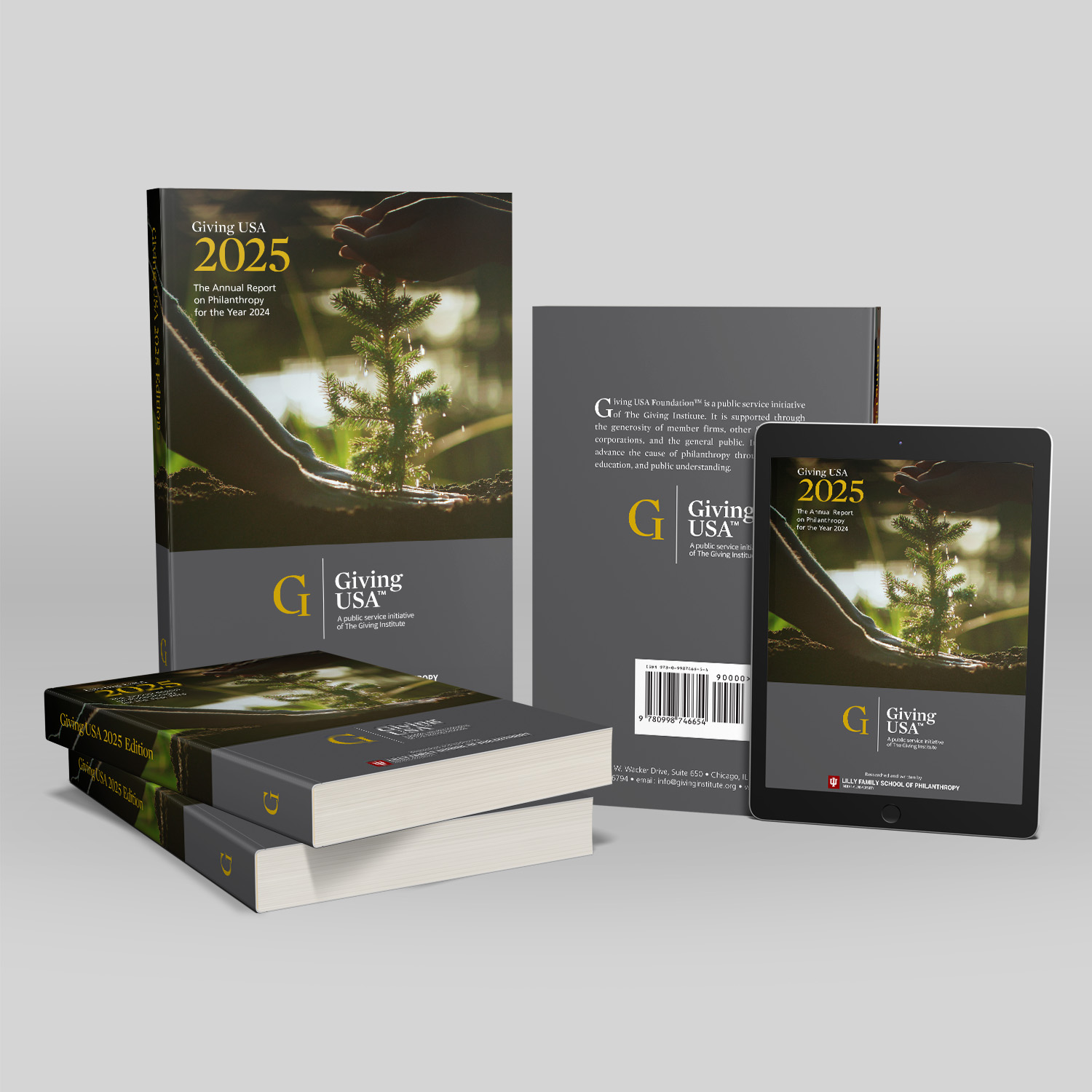
 By Joe Klimek, CEO, SofTrek, developer of ClearView CRM fundraising software
By Joe Klimek, CEO, SofTrek, developer of ClearView CRM fundraising software
Nonprofit giving has been trending up for a while now, finally crossing the $400 Billion mark1 in 2018,and we’re all celebrating because of it. But these positive growth patterns are not a reason to let your fundraising and communication strategies stagnate.
To help your nonprofit continue to grow and thrive in the coming seasons, revitalize your donor segmentation strategies and reach your constituents more effectively.
To segment your donor lists and build stronger connections, try dividing your lists by these techniques:
- Preferred communication method.
- Event attendance.
- Recurring donations.
- Age brackets.
- Volunteer history.
- Giving capacity.
- Matching gift eligibility.
Segmenting your donors allows you to send more personal communications, which in turn strengthens their connection to your organization. Philanthropy today relies on genuine and sustained relationships, so read on to learn how to help your nonprofit build those bridges.

Preferred communication method.
Proving to your community that you listen and respond to them is the key to building a strong foundation, and reaching out to them is important for every aspect of your nonprofit’s communication strategy!
Therefore, the first thing you should know about your donors is how they prefer to communicate. When you split your donor population by their preferred communication method, you can save time and money by identifying wasteful communication attempts.
Some common ways to communicate include:
- Direct mail.
- Phone calls.
- Emails.
- Text messages.
When planning your next marketing campaign, take into account how your donors wish to receive information from your nonprofit. There are two ways to determine someone’s preferred method of communication. The first is to analyze which of your communication attempts spurred them to action. Did they donate after you spoke on the phone? Do they frequently open your emails?
The second is to just ask them! Don’t be afraid to talk to donors directly about their preferences. They’ll appreciate the effort that your nonprofit is making to reach out to them. This is a great question to include when you create and send your next donor survey.
This information, along with everything else you know about a donor, should be kept in your donor database.2

Event attendance.
Another way to segment your donor lists and target them with the most appropriate information for their interests is by event attendance.
Some donors, no matter how long they’ve donated to your organization or how much they support your mission, will never attend one of your events. And that’s okay! But you should keep that in mind for deciding who to send fancy cardstock invitations to.
Consider your list of dedicated event attendees3, and then boost their engagement with some of the following ideas for your next event:
- Upgrade them to VIP status for your next event.
- Offer them a plus-one when they purchase their ticket.
- Send them a nice invitation through the mail.
- Show that you’ve been paying attention, and send them a thank-you note for their ongoing support.
Your event attendees have demonstrated ongoing support for your organization through their presence, so get them more involved by using their attendance habits as a launchpad.

Recurring donations.
Another valuable segment of your donor population to understand and communicate with are those who give recurring donations.
Whether someone gives a mid-sized to major gift once a year4 or donates $5 to your cause monthly, they are committed to your mission and your nonprofit’s ongoing success.
These donors are the key to your nonprofit’s annual revenue and a vital part of your community.
If you segment by who your recurring gift donors are, you’ll find yourself with a list of people who have seen your nonprofit grow and are committed to helping it continue helping your community. Reach out to these donors with the following strategies:
- Ask them to consider doubling their donation for the duration of a campaign that aligns with their interests.
- Ask them to increase their donation amount a little during a capital campaign or similar large fundraising effort.
- Hold a thank-you event for them specifically, so they know that you see and appreciate what they do for your nonprofit.
You might find that someone giving a mid-level gift regularly has actually contributed the equivalent of a major gift and should thus be treated like a major donor.5
When your nonprofit acknowledges and thanks recurring donors in different ways every once in a while, it keeps those recurring gift donors appreciative of your nonprofit’s efforts as well as encourages them to stay or become more involved.

Age brackets.
While every generation has proven as they come of age that they are just as philanthropically minded as the last, they tend to have different priorities and interests than one another.
The most common way to divide your donor population by age is by the traditionally accepted generation breaks:
- Baby Boomers (1946-1964)
- Generation X (1965-1976)
- Millennials or Generation Y (1977-1995)
- Generation Z or Centennials (1996-today)
While Generation Z is still young (the oldest of them are just now starting careers), they are philanthropically inclined like those before and are valuable supporters and volunteers.
Consider some general trends about these different generations6 when segmenting your lists for communication.
For example, Baby Boomers, who grew up without cell phones or the Internet, might appreciate a phone call or a direct mail solicitation more than a Gen-Xer, who might prefer an email.
While there are exceptions to every rule, especially when it comes to generalizing different generations, do your best to communicate in ways that people will be most comfortable with.

Volunteer history.
Many people consider giving their time just as valuable as giving money. And it’s true! Nonprofits rely on the work that volunteers do to keep their worlds turning.
Segment your donor and community data7 by volunteering history, and you might be surprised by what you might find.
- Are some of your major donors also volunteers?
- Are there recurring donation givers that are also giving their time regularly?
- Do families volunteer together?
Analyzing your volunteer data, and then targeting them with marketing materials that are specifically designed for them, is a surefire way to ensure that they feel appreciated as well as want to stay involved with your organization.
A strong volunteer history is an indicator that someone cares enough about your organization to give their time and energy to it, so offer them multiple ways to give back that are related to how they like to help.

Giving capacity.
This segmentation strategy might require more research than some of the others, but it will be worth it in the end. Prospect and donor research8 is a strategy in which your team analyzes publicly available information to determine a donor’s affinity and capacity for giving.
If they’re a donor for your organization, they’ve already proven their affinity, or willingness, to give philanthropically. But what about their capacity?
You can learn about a donor’s capacity for giving by looking up common wealth indicators, such as:
- Home ownership.
- Car, boat, or plane ownership.
- SEC holdings.
These possessions indicate that someone has a large disposable income and is willing to use that money for things that they value. Segmenting your donors by this information requires a customized system9, but the end result is worth it.
If you learn donors’ capacity for giving, and then segment your donor population by that capacity, you suddenly have gained a new list of people to solicit for mid-sized or major gifts.
And because they’ve already proven that they care about your nonprofit, you don’t have to worry about barking up the wrong tree.

Matching gift eligibility.
Whether you already knew this information or whether you learned it through conducting donor research, it’s an incredibly useful way to segment your database: donors’ employment information.
Is your nonprofit actively pursuing matching gifts? If not, segment your population by employer and see if there are large groups who work for companies with matching gift programs.10
A matching gift program is a policy through which an employer gives a matching donation to a nonprofit that one of their employees has donated to, after that employee submits a matching gift request.
It’s free money for your nonprofit, and it doesn’t cost your donors anything, so why don’t more people take advantage of it? The issue is that many people don’t know about it.
Once you know that your nonprofit has a population of matching gift eligible donors, try some of the following strategies to make the most of the situation:
- Host a matching gift drive, where donors who have already given submit a matching gift request on behalf of your nonprofit.
- Distribute educational information about matching gift programs to those who work for companies with matching gift programs.
- Ask those who have contributed matching gifts to talk to their coworkers about also donating, and then submitting a matching gift request.
With matching gift submissions, your nonprofit gets more money to support your cause, and donors get to feel good about helping your nonprofit even more without having to dig deeper into their own pockets!
When you use your donor management software to the best of your abilities and segment your donors for strategic communications, everyone in your community wins. Your nonprofit benefits from improved donor relationships, and your donors get more of what they like about your nonprofit.
For more information on making the most of your donor data, check out some of our favorite resources:
- https://givingusa.org/giving-usa-2018-americans-gave-410-02-billion-to-charity-in-2017-crossing-the-400-billion-mark-for-the-first-time/
- https://www.softrek.com/fundraising-software/donor-database-management
- https://www.givinginstitute.org/news/403901/6-Facts-to-Learn-About-Your-Fundraising-Event-Attendees.htm
- https://www.givinginstitute.org/news/417815/Next-Level-Donors-Three-Strategies-to-Inspire-Annual-Donors-to-Give-More.htm
- https://www.softrek.com/support-resources/clearview-crm-blog/300-major-gifts
- https://www.givinginstitute.org/news/370960/Transitioning-Donors-Next-Gen-and-Baby-Boomers-Intersecting-LanesSame-Destination.htm
- https://www.givinginstitute.org/news/336543/Maximize-Your-Donor-Data-5-Sensational-Strategies.htm
- https://www.donorly.com/thedonorlyblog/donor-research-guide
- https://www.softrek.com/fundraising-software/systems-customization
- https://www.360matchpro.com/matching-gifts/


